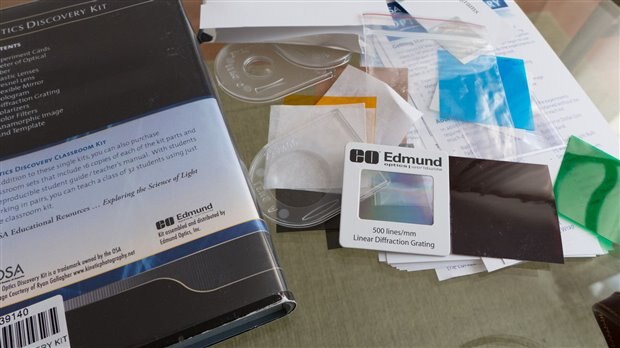A lot of us here are working on hydroponics or aquaponics, a lot of the sensors are outdated and it would be great to have more information about the growing fluid at our disposal. On this page it would be great if we could discuss general techniques and potential prototypes to measure all the things we feel are important in a growing fluid.
Aims, to make a cheap [sub $XXX] spectrometer[or other] capable of measuring the quantity of chemicals in a liquid:
>What is needed :
Automated Green House Blog:20.1 - Toying with Chemical Analysis - Essential Nutrients
What is bad and can accumulate:
> [Coming Soon]
>Other things we can think of
Types of sensing [this will grow larger I hope and each one will have its pro's and cons listed]
>Mass Spectrometer [Will build this later]
Other ideas:
>Change frequency of AC EC measurments, maybe we can see polarisation happen for each element at a certain frequancy.
>Charge a probe to +5 and measure its depletion curve. maybe there will be peaks at certain times as polarisation is reversed.
I know very little on this topic right now, but maybe with a few of use we can make it work.
Maybe we could share the load between us and each tackle a small portion of the problem each, ie write up a little about what we need to measure, each sum up a common technique used today and pro's/cons of automating it.
If anyone can think of a better place to house this discussion on Element14, please let everyone know. And could one of the admin tag everyone in it, so all of the other great contest content does not put it in their shadow.
Some Useful Links:
http://store.publiclab.org/products/desktop-spectrometry-kit-3-0
Message was edited by: Michael Ratcliffe Anyone can Alter the content, please leave a short summary here of the changes
Contributors:
DAB I cant find a way to link you, but do you want to join the project?


